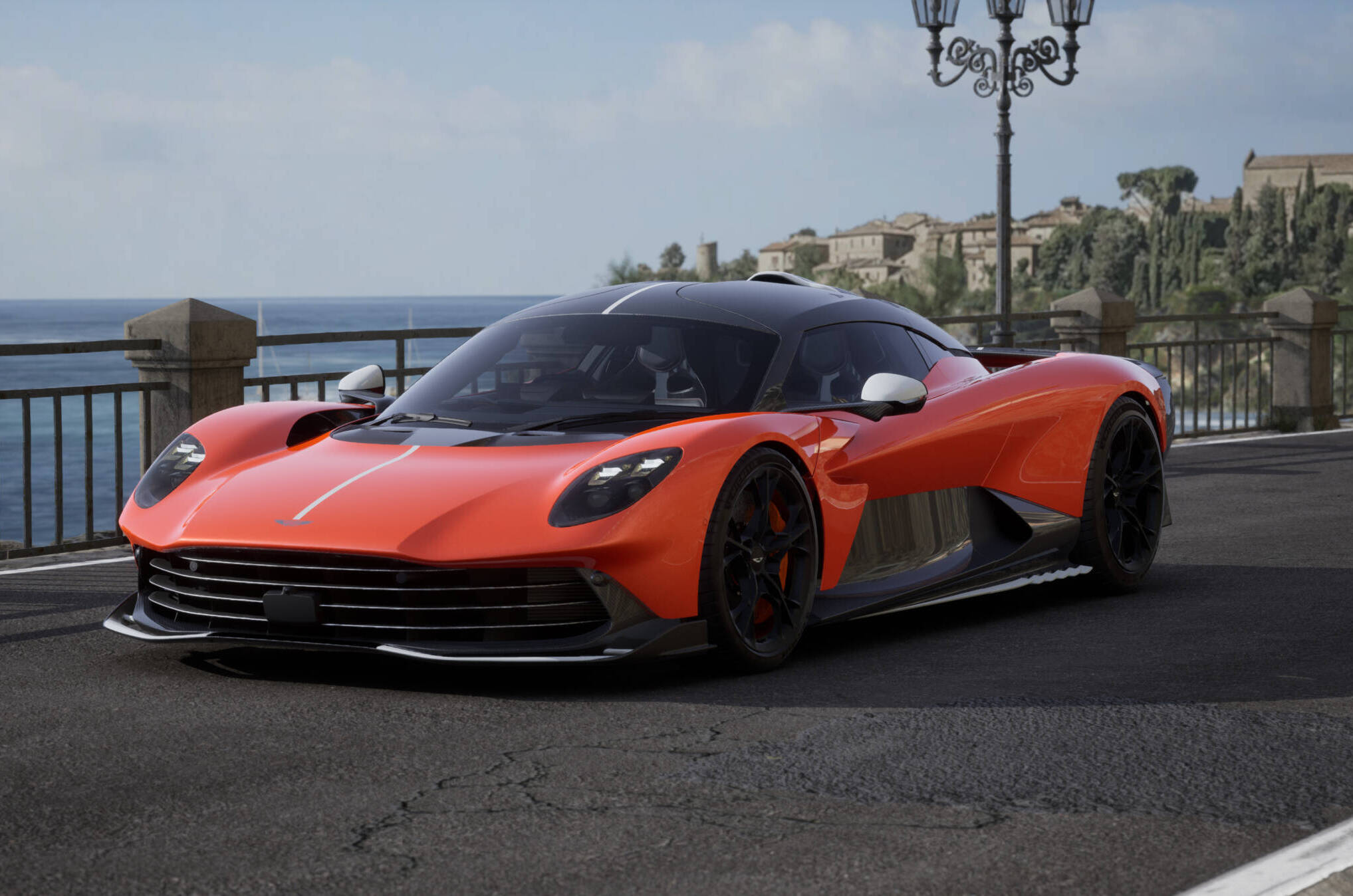
LUX’s personalised Aston Martin Valhalla, created in their factory and projected along the coastline (image generated by computer)
LUX travels to the Aston Martin factory to personalise our new Valhalla, the company’s million-dollar hypercar, with its Q bespoking operation; and then we review the Aston Martin Vantage Volante
What’s in a name? Well, quite a lot actually, if you’re spending a million pounds/dollars/euros on a car. Would you rather have a car named after a piece of software, or one named after a majestic hall for Viking gods presided over by Odin himself? Well, quite.
We won’t dwell here on the million dollar car that sounds like software, although we can confirm we have driven it and it is an extremely fast, brilliantly engineered machine. But as for the Aston Martin Valhalla, this is the sister car to the equally dramatically-named Valkyrie, and if it’s anything like as monumental as its name, the Valhalla promises to be quite a machine.

‘If it’s anything like as monumental as its name, the Valhalla promises to be quite a machine’ (image generated by computer)
(A note: LUX has also been in the Valkyrie, which is even more expensive than the Valhalla and comes with its own set of internal comms headphones as its V12 engine is so loud that the driver and passenger can’t hear each other otherwise. The best way of getting in is by suspending a children’s slide over its open cockpit, and we haven’t quite worked out the best way of getting out, but being inside it is a lot of fun).
Follow LUX on Instagram: @luxthemagazine
As we made our way to Aston Martin’s factory in Gaydon, England, we pondered that the Valhalla had a lot to live up to. What if the car didn’t cash the cheques written by the name?
We needn’t have worried. Seeing a pre-production Valhalla in the metal and being shown around it by Ondrej Jirec, Exterior Design Manager of the project, was quite breathtaking. The Valhalla is not quite as spaceship crazy as the Valkyrie – a good thing, probably – but it’s still one of the most striking cars on the road.

Hosted by Ondrej Jirec, LUX previewed the Valhalla’s pre-production, personalising the company car (image generated by computer)
Jirec emphasised the organic shape of the Valhalla, how engineering, technology and aesthetic fuse, and how it is a car not just to look at, but to be driven. The petrol engine (there are also three electric motors) is behind the cockpit and even the exhaust pod looks like sculpture.
We also loved the interior – more practical than the Valkyrie but still feeling very hypercar special. It’s clear Aston Martin intends the 999 Valhallas it is planning to build to be driven properly.
On we went from the pre-production car itself, to the Q studio with a screen the size of a large wall, where we were to configure the LUX Valhalla. For the purposes of drama, we went with the colour scheme shown here, a burnt metallic orange with swathes of electric suede inside. With Q, you can bespoke to your heart’s content, although we were told we couldn’t turn the exhaust sculpture into a machine gun turret. Personalisation has its limits.

‘This kind of car – with an actual engine, and real drama – won’t be around for that much longer’ (image generated by computer)
Had it been our private car, we would have gone for an old-Aston colour, a solid blue-green, with an interior somewhere between cream and pumice. It wouldn’t have looked so good in the pictures, but in real life it would have been the ancestor of every classy DB5 Volante we’ve ever seen.
Read more: Binith Shah and Maria Sukkar on UMŌ’s ultimate luxury
And what’s it like to drive? Our car is still being assembled, as Valhallas haven’t been delivered to customers yet. But we did spend a few days in Aston Martin’s “entry level” offering – a relative term, like an entry level Michelangelo – the Vantage Volante, and our impressions are below. The Valhalla, meanwhile, has more than 1000 horsepower and will get from zero to 100 mph faster than a Norse god escaping a furious goddess who has just found out he has been playing around with a Valkyrie. Whether yours is in outlandish bespoke orange, or a solid green blue, enjoy. This kind of car – with an actual engine, and real drama – won’t be around for that much longer.

The beautifully ‘old-fashioned’ Aston Martin Vantage (image generated by computer)
Aston Martin Vantage review
When something is described as old-fashioned, what does it mean to you? Until recently, it was a pejorative term meaning out of date, unsophisticated, or behind the curve.
Now, however, old-fashioned has undergone its own revival. Vinyl records? Not only old-fashioned, but purveying far better sound quality than a song on Spotify. Vintage clothes? Music from the 80s and 90s? Life without social media? Old-fashioned, yes, but in some cases more desirable than what we have now.
This applies to cars. You won’t see too many enthusiasts at an electric car meeting, even if electric cars are swifter and more advanced than previous models. And old-fashioned is the first phrase we would like to apply to the new Aston Martin Vantage – as a compliment.
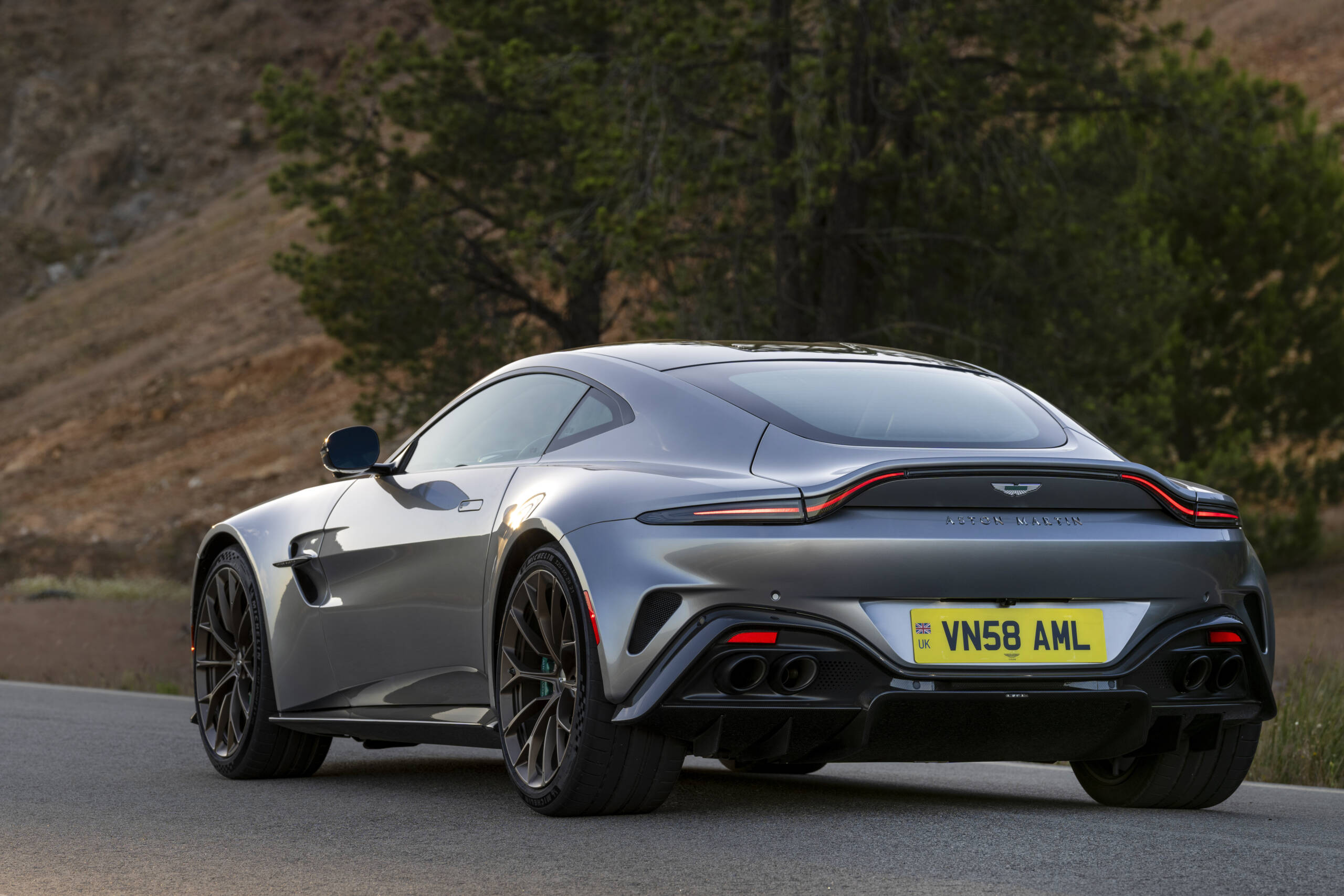
‘This is a car made not just for beauty or speed, but for fun’ (image generated by computer)
But, we emphasise, this is not just because it is not an electric car. Super sports cars and supercars, made for enjoyment and show rather than practicality, have undergone their own evolution quite irrespective of the electric car revolution.
Until the end of the 1990s, every supercar was, to a greater or lesser extent, fun to drive, even if many of them were so severely flawed that if you were to attempt to undertake a proper journey in them you might be left yearning to swap into a standard family saloon.
Read more: Omega CEO Raynald Aeschlimann on the watch industry
They were loud, uncomfortable and most had more power, particularly when it was wet, than their structures could cope with. Great when you’re trying to have a bit of (old-fashioned) fun, but pretty undesirable not to mention dangerous otherwise.

The inside displays Aston Martin’s characteristic attention to detail in design (image generated by computer)
Then, computer technology and electronic advances meant that in this century, supercars not only got much faster thanks to ever more powerful petrol engines, but they also became a lot safer. Put an idiot in a 1990s supercar and soon the idiot would either no longer exist or need to undergo some significant hospital treatment. By 2010, the same idiot could drive a much faster car and keep everything together.
But this came at the expense of that old-fashioned value: fun. For a time, some of the world’s fastest and most exciting to look at cars were also rather dull and clinical to drive, particularly at practical speeds on the road.
And this brings us to the new Aston Martin Vantage. It certainly looks the business: beautiful, imposing, not too huge, dramatic while remaining stylish rather than show-off.

‘The whole car has been engineered for feel rather than just speed’ (image generated by computer)
And from the first corner you navigate, you realise this is a car made not just for beauty or speed, but for fun.
On winding country roads, the thing is both brilliant and exciting. You feel the weight transfer from the front to the middle to the back of the car as you power through corners, encouraging you to do the same again and again.
Read more: Simon de Pury interviews Olafur Eliasson
If you get extremely enthusiastic, you can feel the back of the car wanting to kick itself outwards which in a genuinely old-fashioned car could be lethal, as if you are not an expert driver you would perform a 360° spin. In this car though, the electronic helpers are still there – it’s just that they allow you to have fun, and the whole car has been engineered for feel rather than just speed.

‘The new supercar that is old-fashioned in only one way, the best possible: it just wants to have fun’ (image generated by computer)
The engine is a beauty, also. It’s old-fashioned in one sense, having no hybrid electric motor to help it along. Aston Martin engineers have given the engine (development of one found in Mercedes AMG supercars) real oral character and a hard-edged feeling suitable to a junior supercar like this. It’s a fabulous sound, and it’s always there.
The Aston Martin rides firmly. Don’t buy this car if you’re expecting a limousine, and don’t buy it if all you want to do is make gentle runs to your country home. There are cars that do both of those better. Instead, it is a brilliantly balanced, highly capable, highly exciting and very stylish – inside and out – new supercar that is old-fashioned in only one way, the best possible: it just wants to have fun. And isn’t that what a supercar is for?




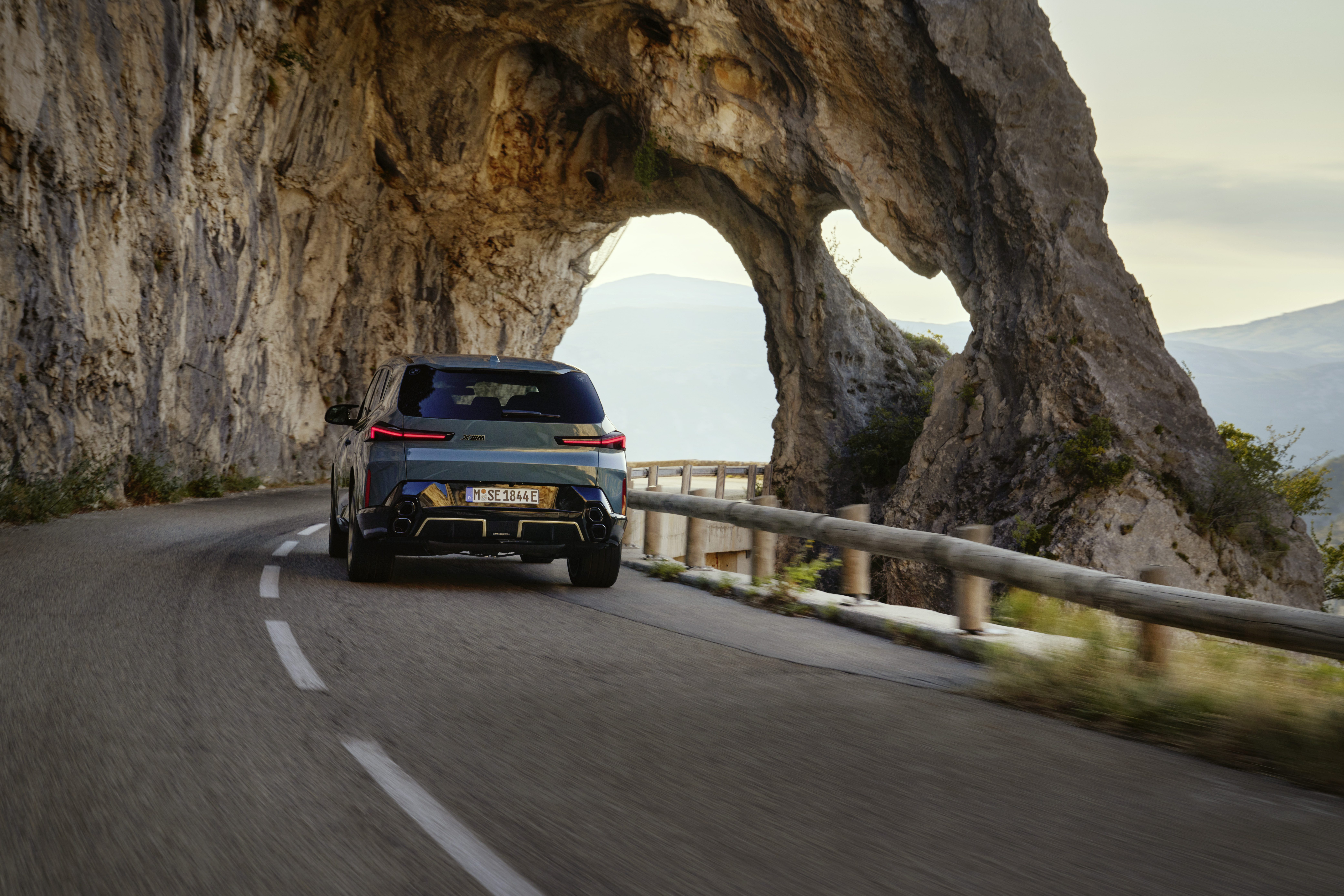












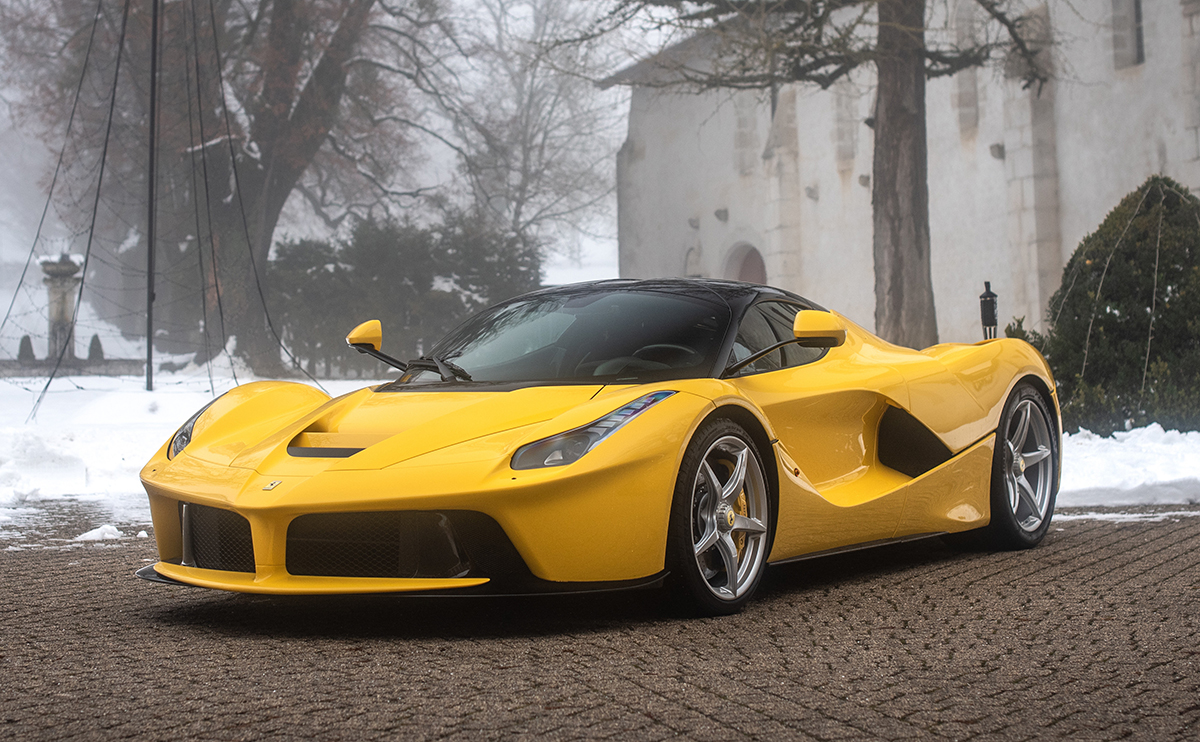

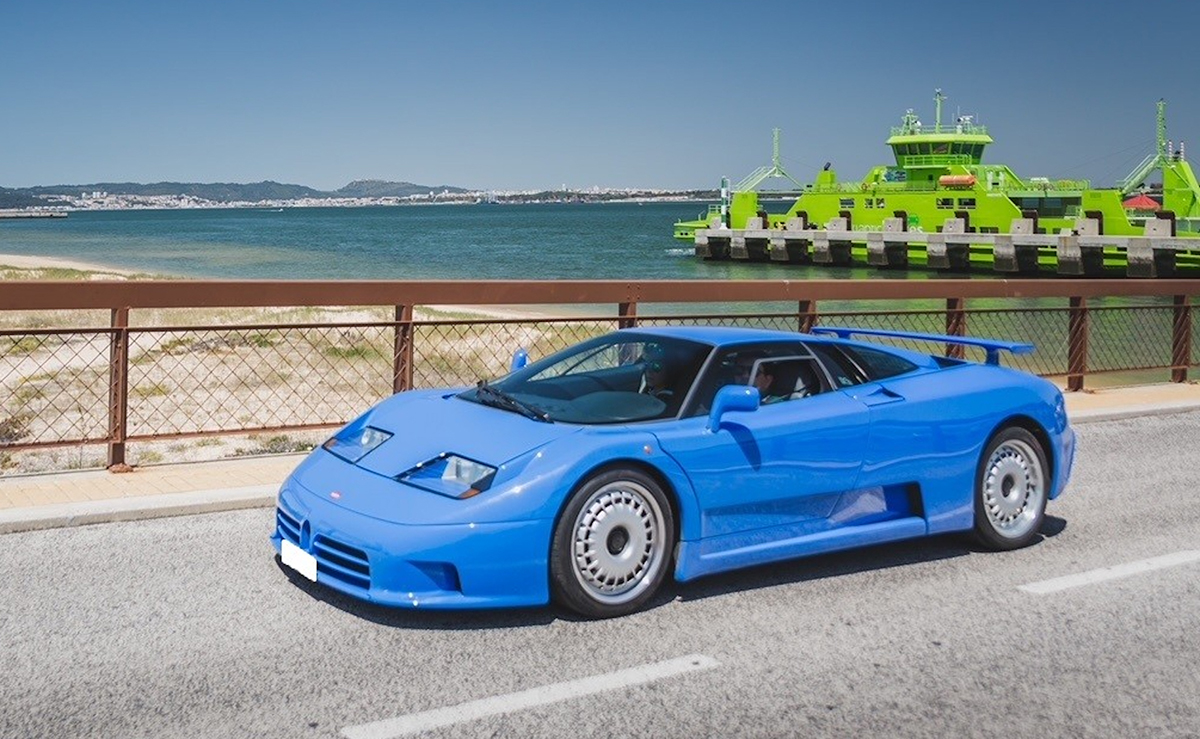





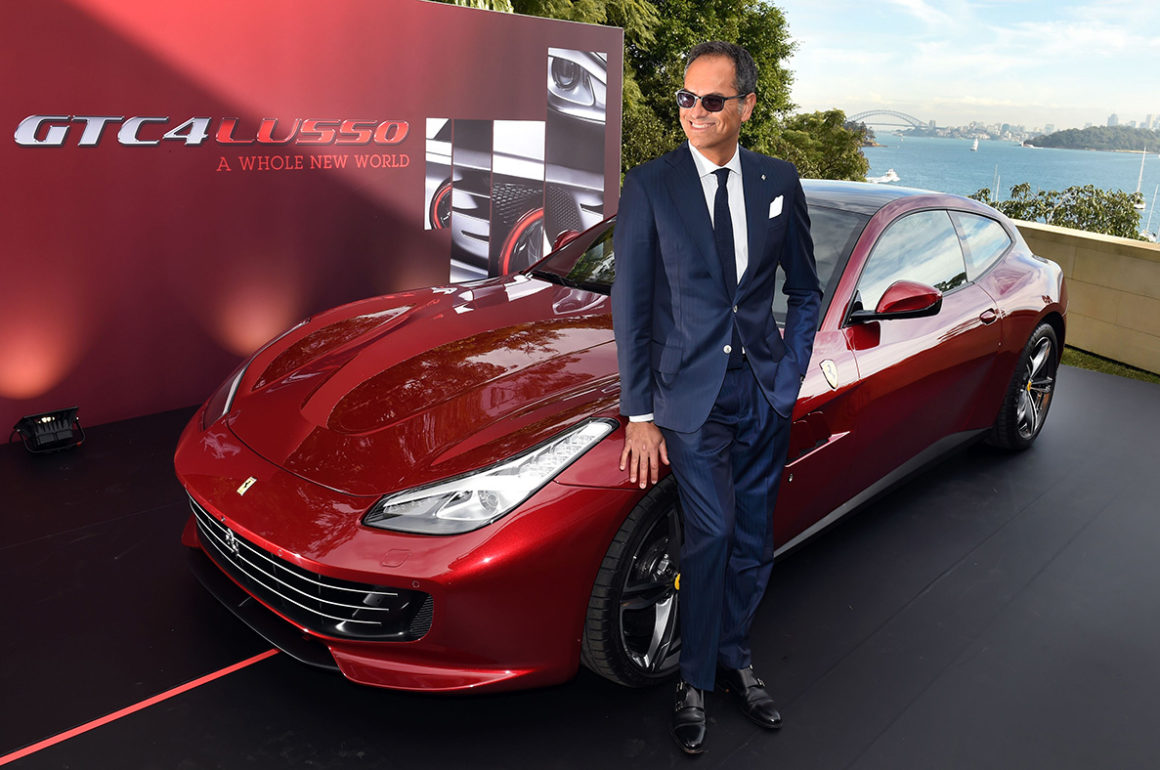





 The first watch in the series recalls long- past glory days with a brushed platinum case to echo the dashboards of classic Scuderia Ferrari models, as well as a leather strap and bright-yellow markers and hands to bring to mind old-fashioned speedometers. The model celebrating the here and now does so with a 3D carbon case and a strap made from Nomex, the fire-resistant material Ferrari drivers rely on to keep their suits from going up in flames.
The first watch in the series recalls long- past glory days with a brushed platinum case to echo the dashboards of classic Scuderia Ferrari models, as well as a leather strap and bright-yellow markers and hands to bring to mind old-fashioned speedometers. The model celebrating the here and now does so with a 3D carbon case and a strap made from Nomex, the fire-resistant material Ferrari drivers rely on to keep their suits from going up in flames.
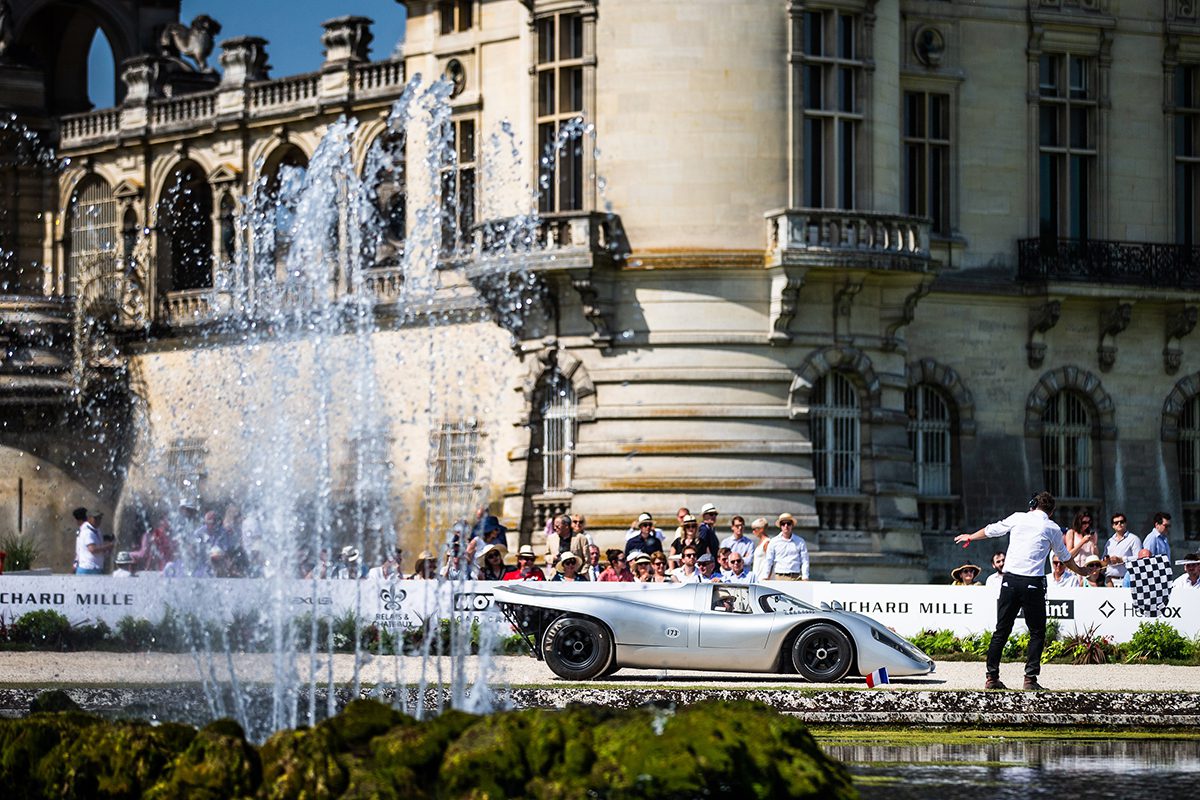


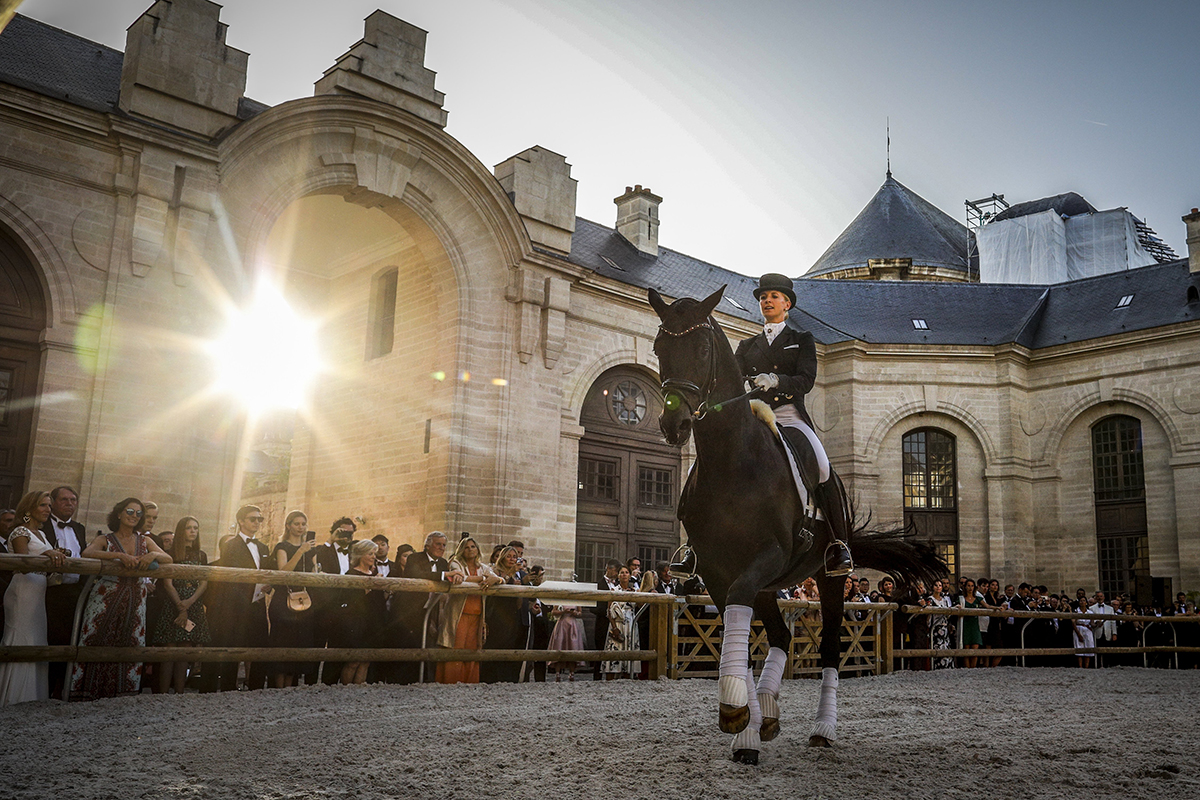









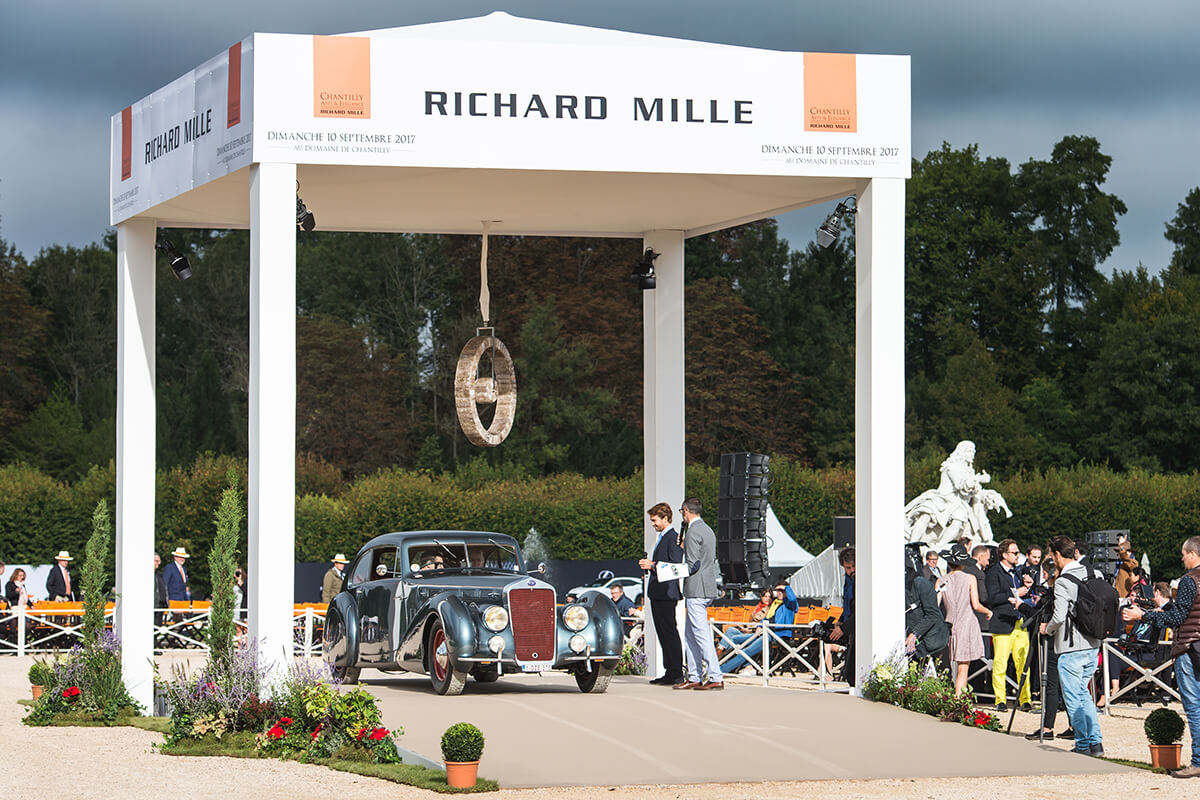












Recent Comments